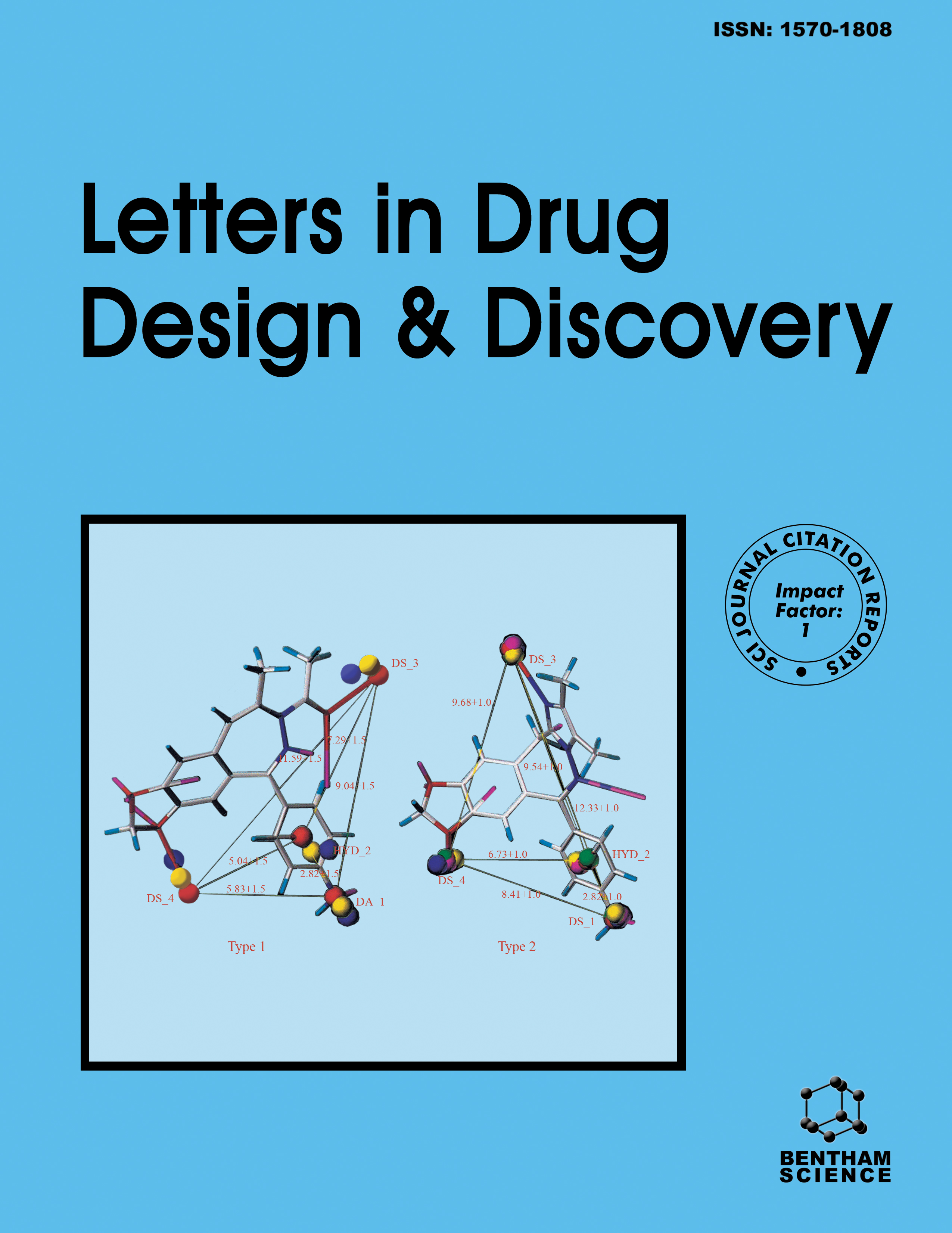
Full text loading...
We use cookies to track usage and preferences.I Understand
Sedum sarmentosu Bunge (SSB), a perennial herb, exhibits notable therapeutic effects on hepatic fibrosis (HF). However, the mechanism of treatment has not been fully determined.
The objective of this study is to explore the active components in SSB and investigate its molecular mechanism of action in the treatment of HF based on network pharmacology, molecular docking, and molecular dynamics simulation (MD).
Databases such as TCMSP, Gene Cards, OMIM, and DAVID, as well as Cytoscape, AutoDock Vina, and Gromacs software, were used for analysis.
A total of 5 active components and 86 HF-related targets were screened for SSB, among which the most prominent components are luteolin and quercetin. The key targets for HF are MMP2, MMP3, MMP9, ABCG2, etc. GO enrichment analysis showed that SSB was closely associated with apoptosis, inflammatory response and cell migration processes. KEGG enrichment analysis showed that the major enrichment pathways for liver fibrosis include EGFR tyrosine kinase inhibitor resistance, PI3K-Akt signaling pathway, and cancer-related pathways. Molecular docking and MD showed that luteolin and quercetin have good affinity and stable binding to MMP2, MMP3, and MMP9.
SSB exerts therapeutic effects on HF through multiple components, targets, and pathways, thereby providing a theoretical foundation for the development of its active compounds and mechanisms of action.

Article metrics loading...

Full text loading...
References


Data & Media loading...
Supplements

